Acrylic Emulsion Manufacturing Process | JCT Machinery
 Feb 01,2024
Feb 01,2024

 JCT
JCT
1. Monomer Selection
The primary monomers used in acrylic emulsion manufacturing are usually esters of acrylic or methacrylic acid. Common examples include methyl acrylate, butyl acrylate and acrylic acid.
2. Initiation
The polymerization process begins with the initiation step. Initiators, which can be thermal or redox initiators, generate free radicals. Common initiators include peroxides or persulfates.
3. Polymerization
The acrylic monomers undergo polymerization, where the free radicals initiate the addition of monomers to form polymer chains. The polymerization process can be conducted in a batch reactor, continous reactor, or a combination of both.
4. Emulsification
As the polymerization progresses, the formed polymer particles are emulsified into water to create a stable emulsion. Emulsifiers or surfactants are typically used to assist in stabilizing the particles and preventing coagulation or flocculation.
5. Neutralization (optional)
Depending on the desired properties of the acrylic emulsion, acrylic acid groups present in the polymer may be neutralized with a base to improve stability and adhesion.
6. Adjustment of Properties
Various additives may be introduced to modify the properties of acrylic emulsion, such as co-monomers to alter the polymer structure, crosslinking agents for improved performance, and stabilizers to enhance storage stability.
7. Cooling and Filtration
The emulsion is then cooled and any impurities or unreacted monomers are filtered out to ensure the final product meets quality standards.
8. Packaging
The final acrylic emulsion is packaged into containers for distribution and use in various applications.


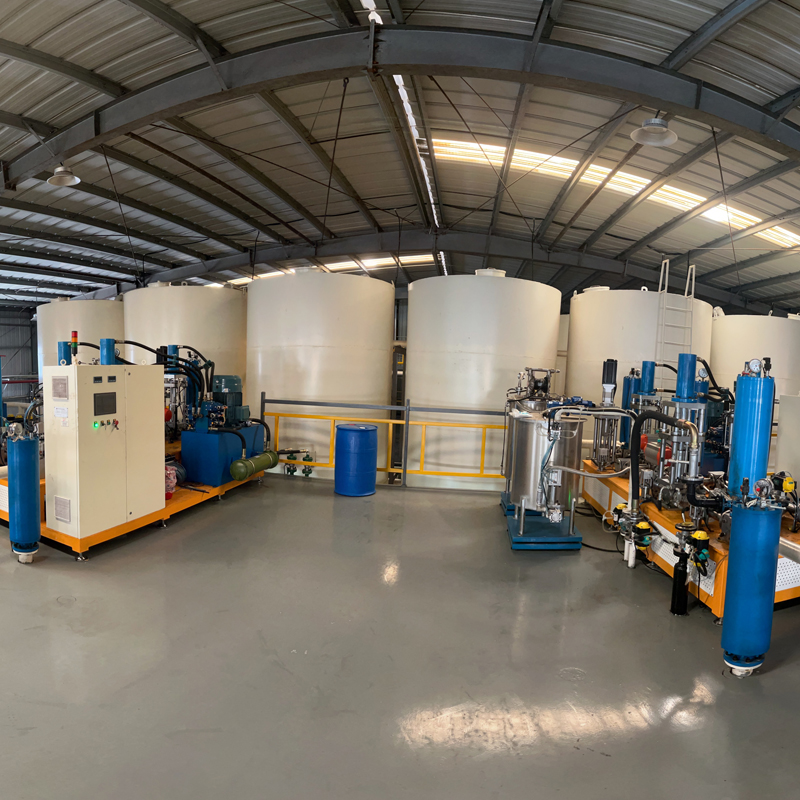
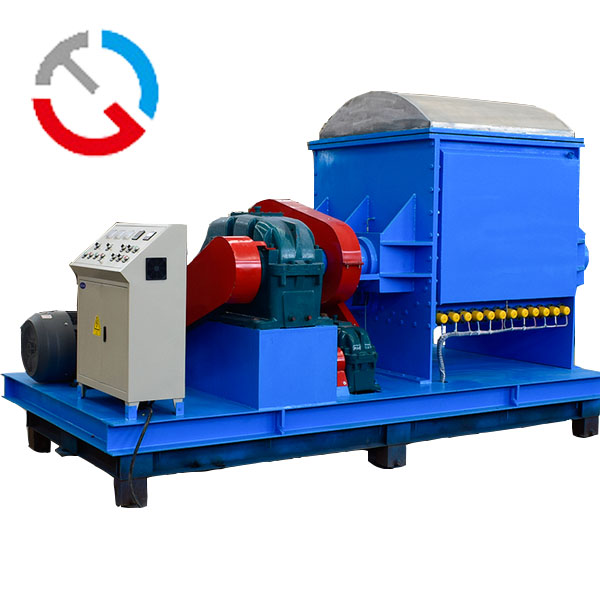
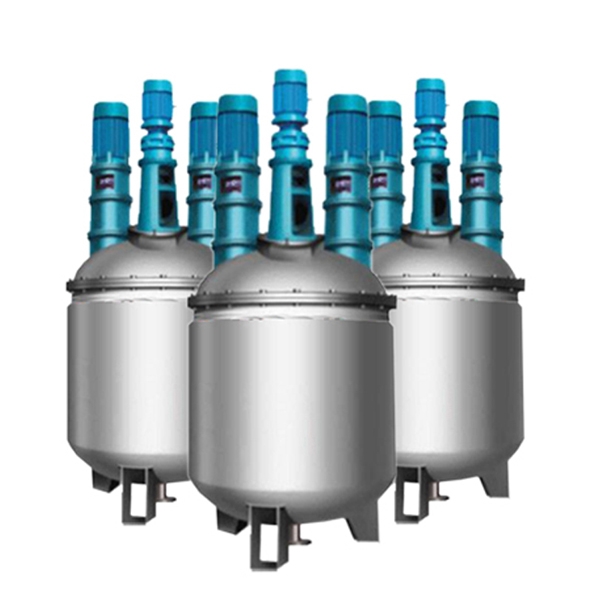
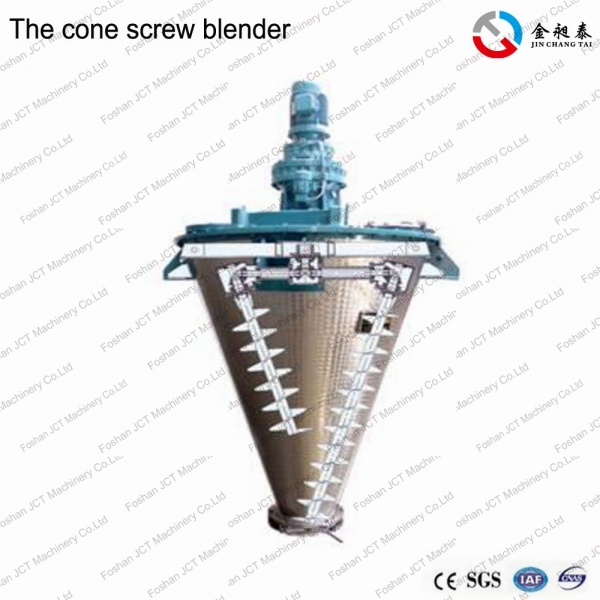


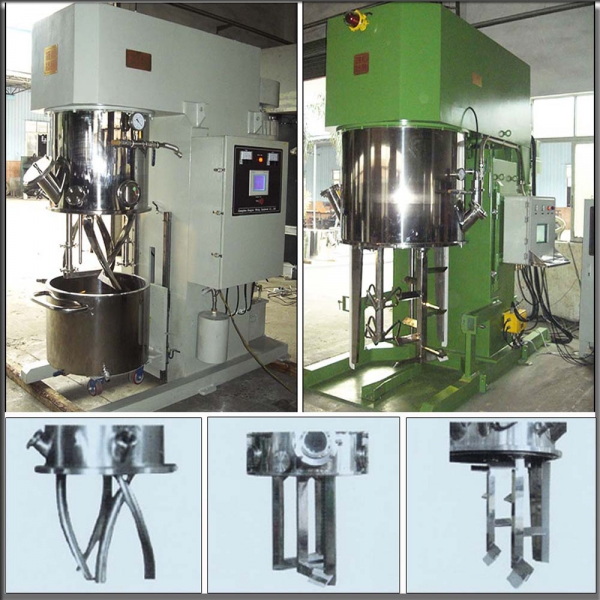





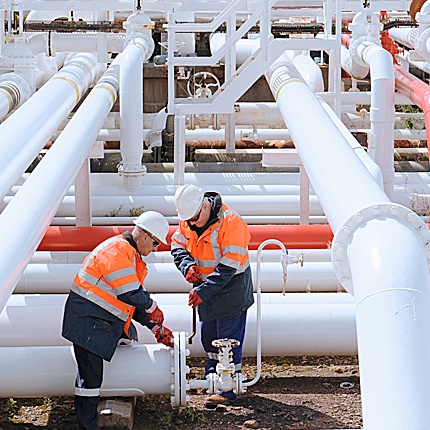

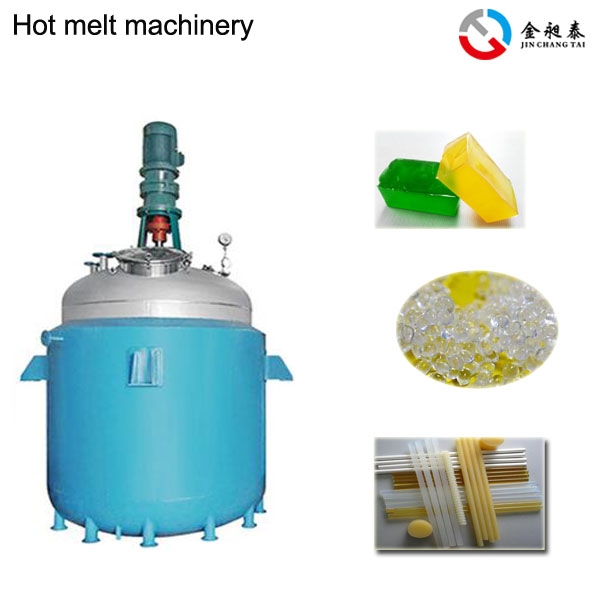
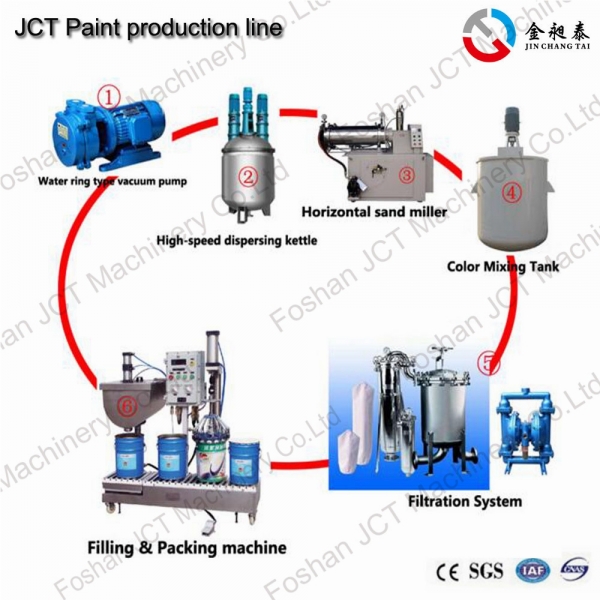
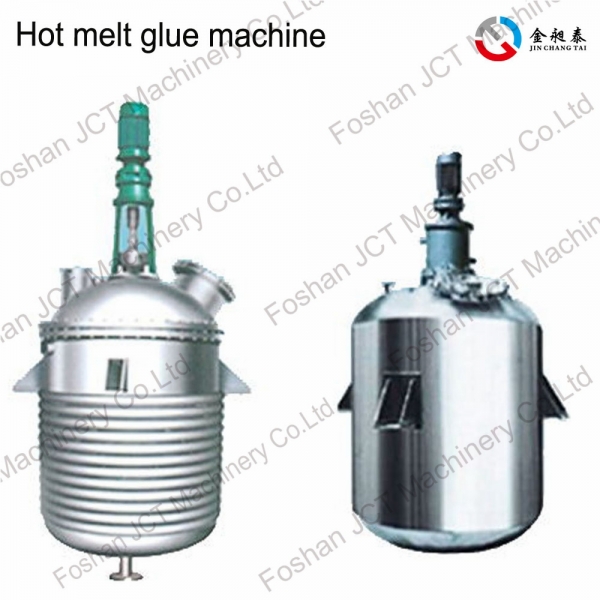
 CN
CN
 HOME
HOME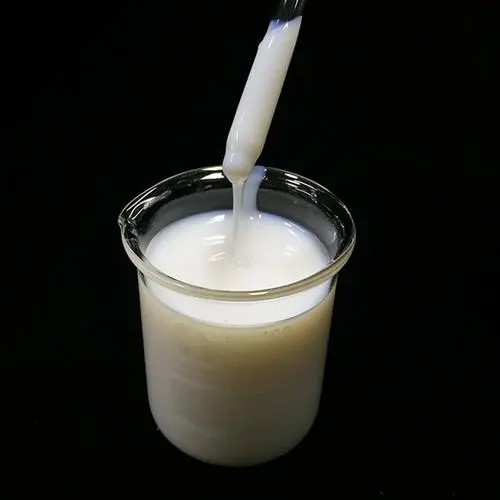
 Silicone Sealant Filling Machine | JCT Machinery
Silicone Sealant Filling Machine | JCT Machinery  You May Also Like
You May Also Like
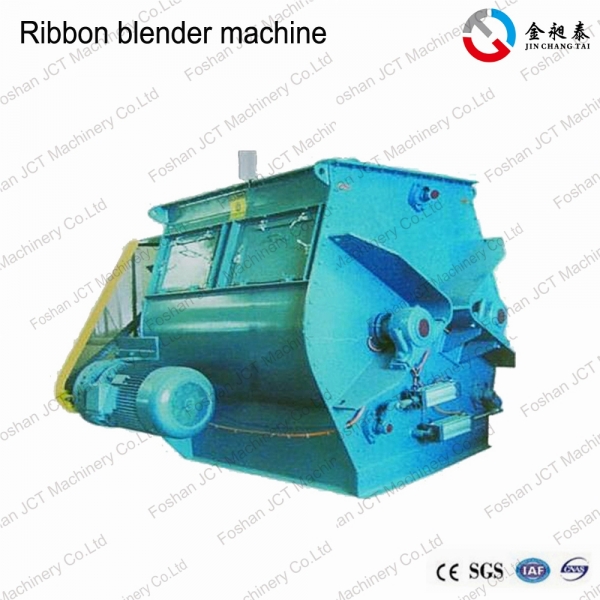

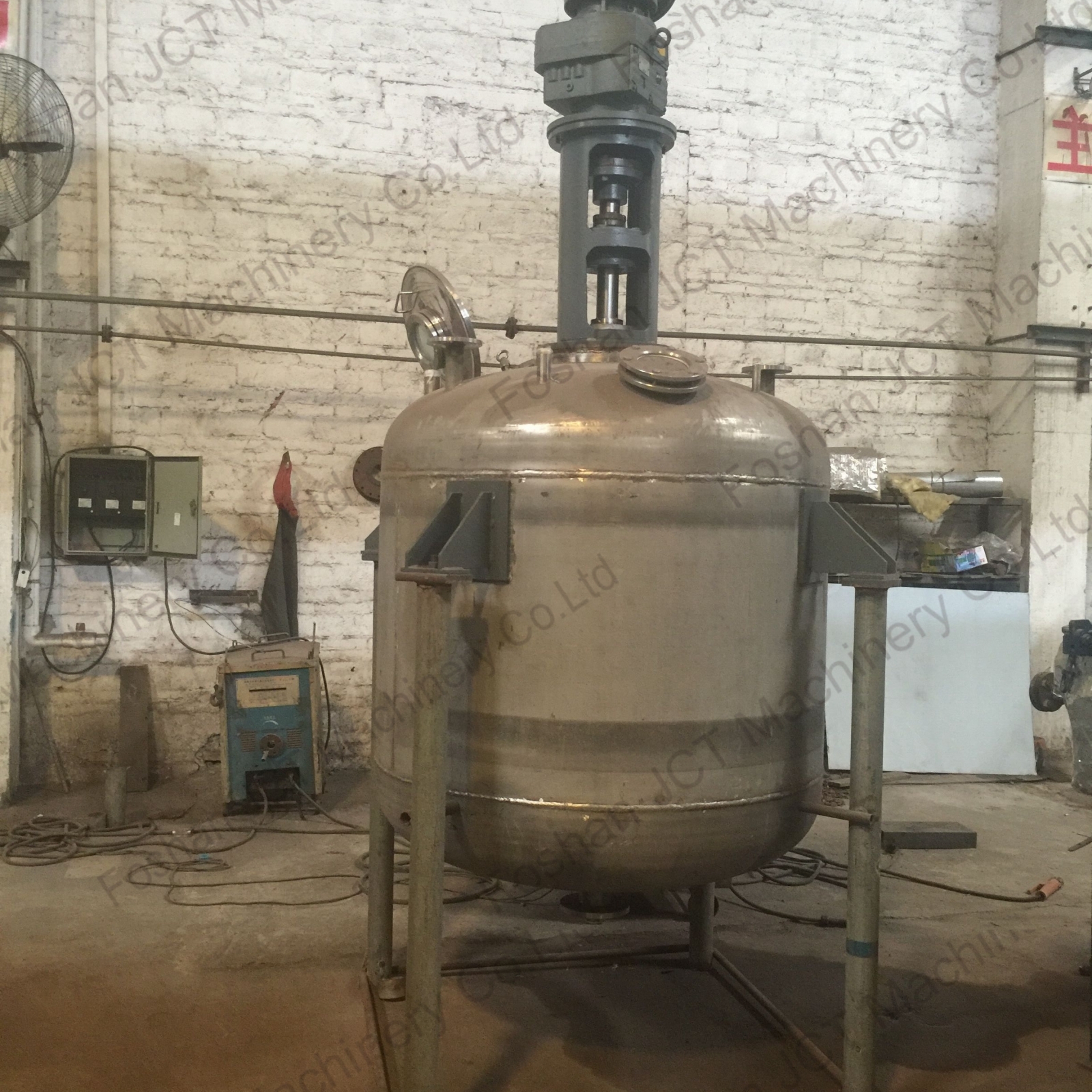
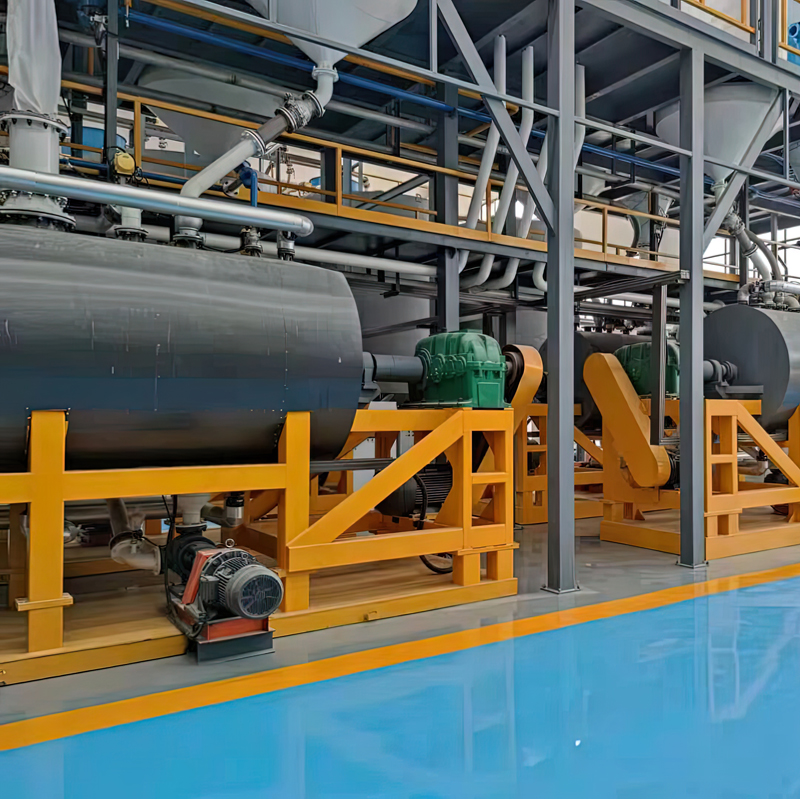
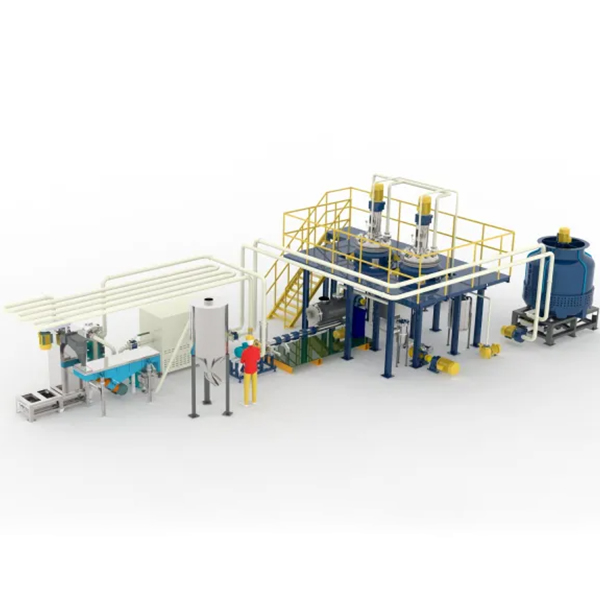

 Tel
Tel
 Email
Email
 Address
Address










